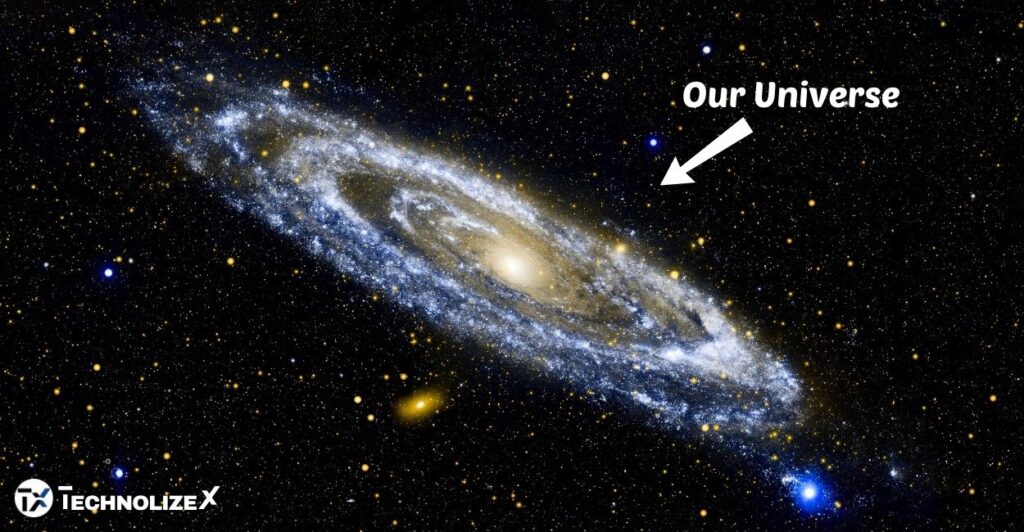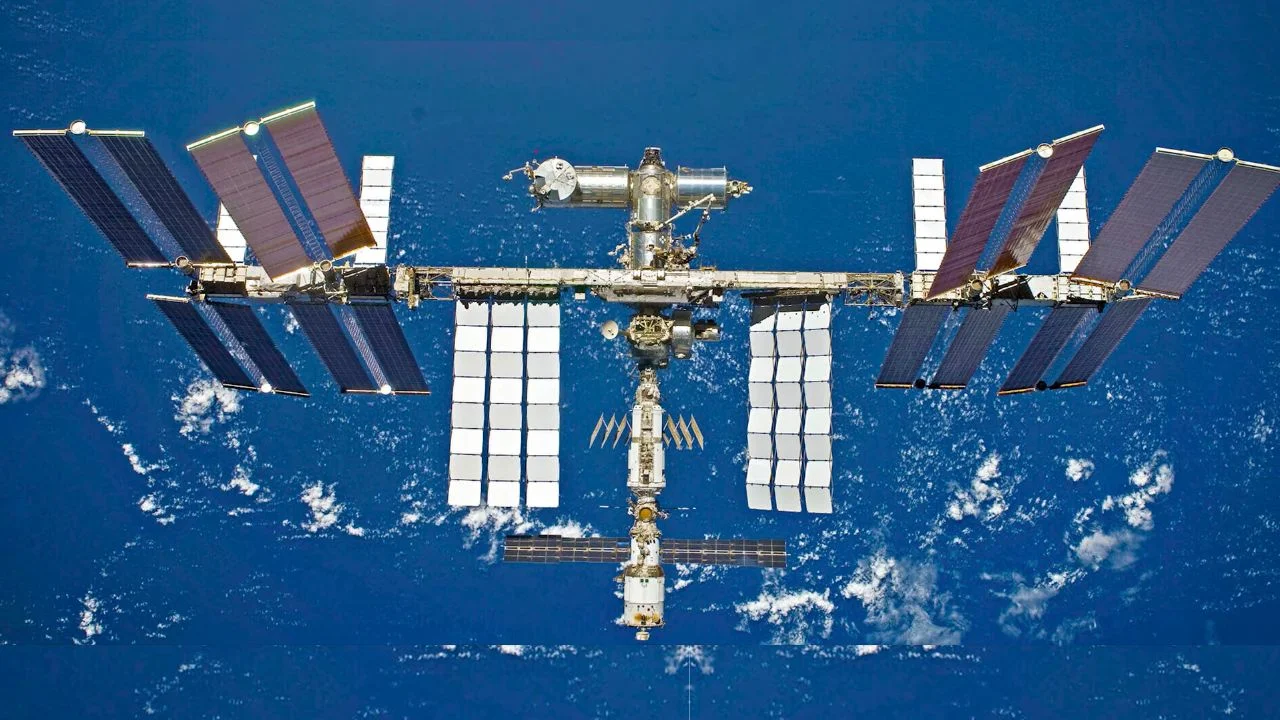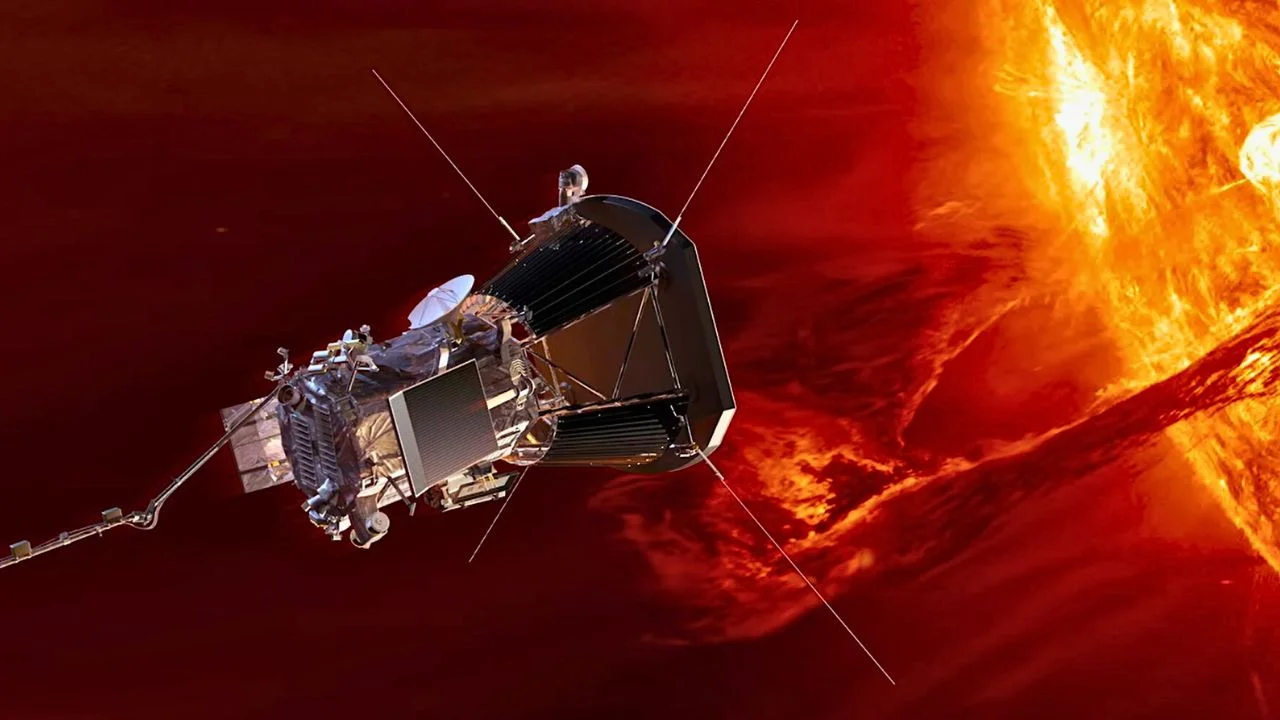NASA launched a costly mission in August 2018 that was directed directly toward the star in our solar system. The spacecraft flew over the Sun in a couple of months, traveling only 26.55 million miles from its “surface” (the Sun is a giant ball of gas; it has a real surface). The previous record holder, Horizon 2, who had flown within 27 million miles of the star in 1976, has been defeated by that distance at the moment.
The Parker Solar Probe has been making closer visits over the past five years and in 2021 it even “touched” the atmosphere by traveling 8.1 million miles closer than previously thought (scientists estimate the atmosphere starts at 4.3 to 8.6 million miles from the surface). The NASA sun chariot will get the closest to Earth yet on December 24, 2024.
In this article, we are going to see achievements, features, speed, direction, and many more things about the Parker Solar Probe satellite.
How fast is the Parker probe?
The probe reached a maximum speed of 101 miles per second (163 kilometers per second) on Nov. 21, 2021, during its tenth close solar flyby, which is equal to an amazing 364,621 mph (586,000 kph). This was made possible by the sun’s strong gravity. That is a faster travel time than any previous probe has ever experienced.
NASA estimates the Parker Solar Probe will accelerate to a huge 430,000 mph (700,000 kph) on its closest approach to the sun.

What is the path of the Parker solar probe?
Over the course of its seven-year job, the Parker Solar Probe will continue to reduce its orbit around our star, having already traveled closer to the sun than any other spaceship.
Without a chain of Venus gravity helping pass, the solar probe’s landing route around the sun would not have been possible. According to the APL, the spacecraft will use seven passes of Venus to slowly decrease its orbit around the sun over the duration of its lifetime, going as close to the sun as 3.83 million miles (6.16 million km)—more than seven times closer than Mercury does to our star.
Objectives of the Parker solar probe
Parker solar probe a satellite is sent to touch the sun. Some objectives of Parker solar Probe Satellite.
The main goals of the Parker solar probe are given below:
- Follow the energy flow that speeds up the solar wind and heats the solar corona.
- How is energy carried inside and outside of the atmosphere and solar wind from the lowest sun atmosphere?
- How are the irregular speed distributions seen throughout the universe formed by processes?
- What effects do the solar processes have on the hemisphere’s solar wind’s features?
Features of the Parker Solar Probe satellite
- It can go six times closer to the sun than other satellites.
- It can complete 27 orbits of the sun in 7 years.
- It can easily handle the high temperatures of the sun.
Achievements of the Parker Solar Probe
Electrical channels
There are electric channels all over the sun. Strange surprises, or backs, in the magnetic field, as the spacecraft reached the sun were part of Probe’s first results. Parker Solar Probe found that those rotations met with magnetic “funnels” in the solar surface during its sixth visit to the sun, according to NASA.
The sun’s super granules, which are huge bubbles where hot plasma rises from the interior and distributes out across the surface before cooling and falling back down, are the source of these funnel-like shapes.
The sun’s atmosphere is twisted
The outermost layer of the sun is got. The corona’s “surface” is formed by peaks and valleys not having smooth ball-like looks; these were found to be magnetic viewers, huge solar material plumes that were flying to the sun’s atmosphere.
Comets
By taking near photos of comets as they pass by during their orbit, Parker Probe is helping increase our knowledge of the causes of the rare Gem meteor shower, which shows up in the sky above Earth during the wintertime.
Powerful particles are moving around the Sun
Particles fly off of the sun’s surface at amazing speed. These particles are very uncommon on Earth; once the instruments on the Parker Probe found huge amounts of them, likewise, they are far more common than we had thought, but they also come in a wide range of forms and usually travel very circular paths to avoid being caught by the opposing magnetic fields.
Solar shower
According to team members, the coronal holes work similarly to a shower head, releasing charged particle jets from equally distributed “bright spots” where magnetic fields transmit from the sun’s surface. Due to this, funnels that are visible on Earth as bright “jet lets” inside coronal holes can grow to be as wide as 18,000 miles (29,000 kilometers).
Note: The team believes that magnetic field connections break and then reconnect in these funnels as opposite magnetic fields pass each other. This process known as magnetic reconnection—is what blasts all the positively charged particles that make up the solar wind.
TOP FAQs
Which is the fastest satellite made by humans?
The Parker Solar Probe satellite is the fastest satellite made by humans.
What is the speed and budget of the Parker Solar Probe?
Parker Solar Probe was launched by NASA on a budget of 1.5 billion dollars. The speed of the Parker Solar Probe is 586,000 kph.
Conclusion
Numerous facts about the sun can be obtained from it. As e can see that this satellite has given much information about the sun like the particles of sun, the storm of sun, and new comets in the universe. In future this satellite is going to many strange things. This satellite is made in very high cost so, it will very beneficial for us. And if we see the path of satellite then it is good.
From his journey it has found that Venus has tail. It is the satellite which can go closer to the sun seven times than other satellite. It cans complete 27 orbits of sun in 7 years. So, it is big success of human.






Thanks a lot for sharing this with all of us you really realize what you’re talking approximately! Bookmarked. Kindly also seek advice from my site =). We can have a link exchange agreement between us!